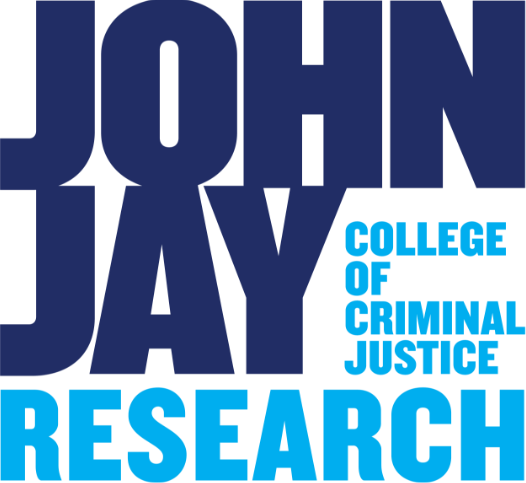Fighting Violence, Without Police
Jeffrey Butts and the Research Evaluation Center study alternative methods for reducing community violence
Author: Chase Brush

Over the last year, high-profile deaths of African Americans at the hands of police have spurred a nationwide conversation about the reliance on law enforcement in community affairs. Movements like Black Lives Matter and Defund the Police have called for fundamental reforms of law enforcement across the country, and suggested alternative approaches to dealing with community violence.
But what exactly would these alternatives look like — and more importantly, could they be effective? That’s the question that Research Professor Dr. Jeffrey Butts, as director of the Research and Evaluation Center at John Jay College of Criminal Justice, set out to answer in a recent report titled Reducing Violence Without Police: A Review of Research Evidence. Commissioned by Arnold Ventures, a criminal justice philanthropy led in part by John Jay president emeritus Jeremy Travis, JohnJayREC’s report brought together experts from various fields over three months in 2020 to study and summarize research on policies and programs known to reduce violence — without the use of police.
“When people say the words crime and violence, a lot of people immediately think we should call the police,” Butts says. “But there are lots of places that are safe and that don’t have ubiquitous policing. So how do we replicate the resources and benefits that you find in those areas?”
From a research perspective, JohnJayREC’s report conforms somewhat to the category of “meta-analysis,” though Butts is quick to note some major differences between the two. In a meta-analysis, researchers are often expected to give priority to the most rigorous studies available, principally randomized controlled trials that measure individual-level change. When looking at community violence research, Butts notes, this presents an issue, since many of the most rigorous studies tend to be funded by organizations and entities already aligned with law enforcement. “So if you just look dispassionately at the studies available to you, you’re going to end up looking at policing,” Butts adds. “And I think that has distorted the world of public safety.”
Instead, Butts and his associates were free to look specifically at strategies aimed at reducing community violence without police. The group cast a wide net, examining studies that dealt not only with the direct interpersonal violence that occurs in public spaces, but also the structural conditions that give rise to violence in the first place. They also made an effort to include research focused on community-level change, recognizing that evaluation research tends to favor programs aimed at individual behaviors.
Among other things, they found that factors like a neighborhood’s physical environment, the use of outreach workers to strengthen social norms, and the number of guns in a community can all have a dramatic impact on public safety. “One of the big takeaways is that people need to understand that the physical appearance and structure of a neighborhood can help reduce violence,” Butts says. “If you just make places look safer, they’ll actually be safer.”
Aside from failing to address the personal and structural antecedents of community violence, an overreliance on policing can also in itself lead to violent interactions, Butts notes. He pointed as an example to last year’s shooting of Rayshard Brooks, an African American man who was killed after an altercation with police outside a Wendy’s in Atlanta. “Instead of people showing up who knew how to talk to the guy, they used force,” Butts says. “It’s just inexcusable for communities to use that kind of state-sanctioned violence to intervene in what are pretty typical human problems.”
Another, more high-profile example of this would be the death of George Floyd. “The whole country and the world changed with that video,” Butts says, referring to the bystander and police body camera footage that captured Floyd’s final moments.
In the long run, Butts hopes that studies like this one can better inform the activism that grew out of such tragic events. “People think that one good slogan will do it, and that the public will be with us and that will change the system,” Butts says. “But changing state structures and policies is harder than just politics. We need to confront the institutional forces that designed it that way.”
